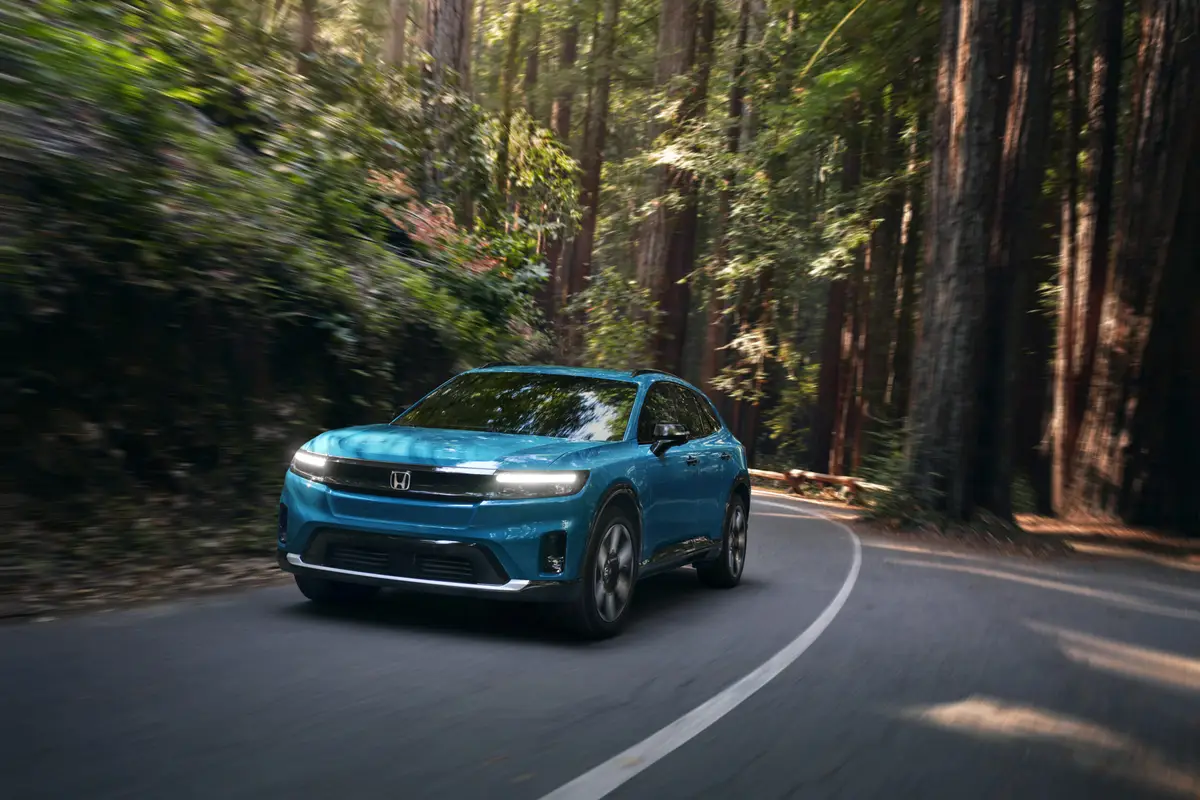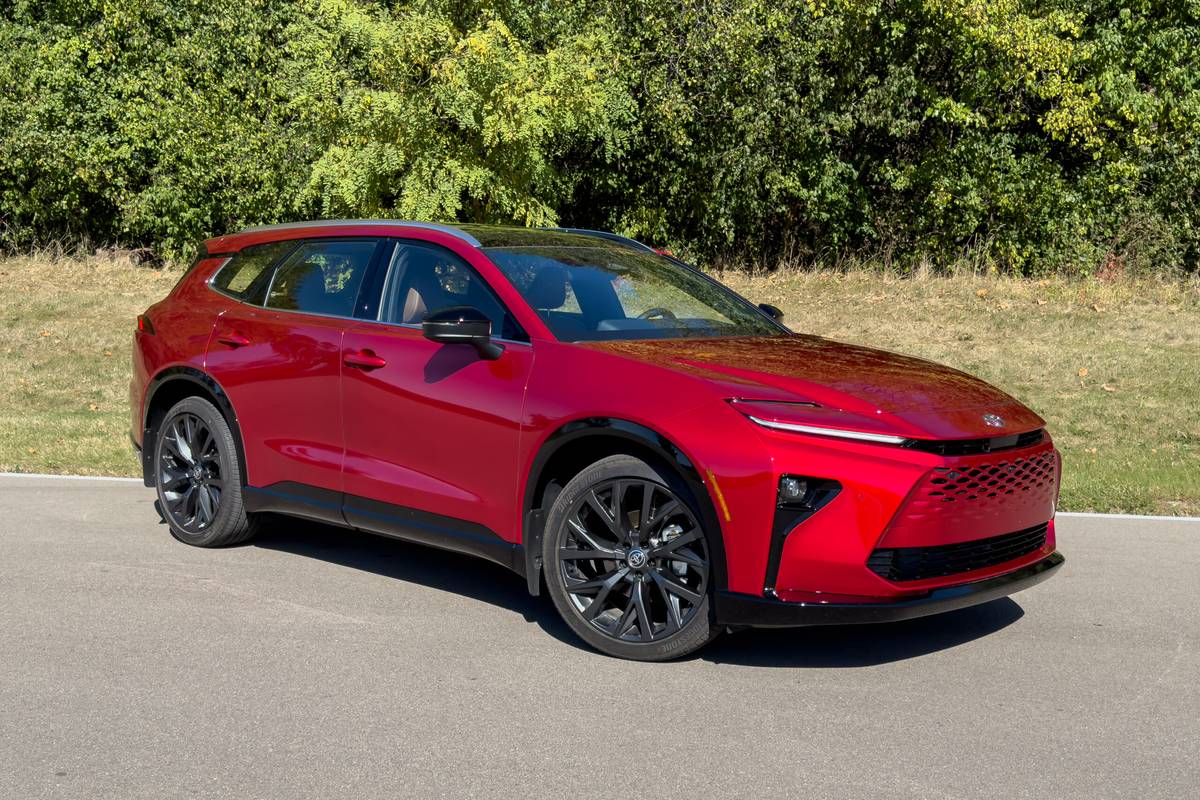washingtonpost.com's view
Everybody loves a bargain, especially if the product enhances self-esteem. At least the people at South Korea’s Kia Motors hope that’s true. It’s the theory they are using to sell their 2001 Kia Optima sedan.
The Optima’s strategy certainly is optimistic. Realists might even call it fantasy. The car is entering one of the most competitive segments of the U.S. auto market, a battleground occupied by mid-size sedans such as the Toyota Camry, Honda Accord and Ford Taurus.
At the moment, based on sales in the first three months of this year, the Camry holds the lead, with the Accord following a close second, according to sales rankings by Ward’s Automotive Research. The Taurus is running in third place, and everybody is using sales incentives, such as customer rebates, to improve or protect market position.
The competition is getting tougher. DaimlerChrysler AG has introduced a substantially reworked version of its Sebring sedan, and Nissan Motor Co. has revamped its mid-size Altima sedan to go after more sales.
Value is the primary weapon in that rivalry. Value gives consumers more than they expect at a price they can afford. Kia has loaded the Optima with value in a bid to outflank the competition.
That means Kia is not launching a frontal assault against cars such as the Camry and Accord. A newcomer would stand little chance in such encounters. Camry and Accord buyers are fanatically loyal. Capturing them is not an option. Instead, with its Optima, Kia hopes to win first-time buyers of mid-size sedans, people who might have chosen to get a used car instead of something new.
First impressions are everything in that strategy, and the Optima, as shown by the tested SE V-6 version, makes the best of that approach. The car comes “loaded” with the things consumers can see, touch and feel good about owning. That includes air conditioning, power windows and locks, an electronically controlled four-speed automatic transmission that also can be shifted manually, 15-inch alloy wheels, fog lamps, and a moonroof with inner sunshade.
Standard safety features include a driver’s knee bag, side bags and the federally required dual front air bags.
Leather-faced seats, four-wheel anti-lock brakes and a premium sound system with CD player can be added at modest price increases. Put it all together and you get a very decent, likable car for about $20,000. That’s competitively priced.
But if my remarks here sound a bit less than enthusiastic, it’s because they are. The Optima SE V-6, with its 170-horsepower engine, is a good car — probably every bit as good as the mechanically and dimensionally similar Hyundai Sonata on which it is based. But it does not inspire the confidence of a Sonata, a Camry or an Accord.
This might well be psychological on my part. Until the arrival of the Optima, the only Kia that pleased me was the Sportage sport-u tility vehicle. Smaller Kia cars such as the Spectra and Rio sedans were suspect in overall quality and underwhelming on the road.
Kia obviously is aware that I am not the only person who has some misgivings about its products. So it is backing them with a confidence-building warranty that offers limited coverage of 10 years or 100,000 miles on the engine and other drivetrain components, five years or 60,000 miles bumper-to-bumper, and five years (unlimited miles) of 24-hour roadside assistance.
Hyundai Motor Co., Kia’s corporate parent, used the same technique to win new U.S. buyers for its vehicles. But Hyundai built that warranty on major improvements in quality and design. Kia seems to be doing the same thing with the Optima. Consumer experience will tell.
Latest news



